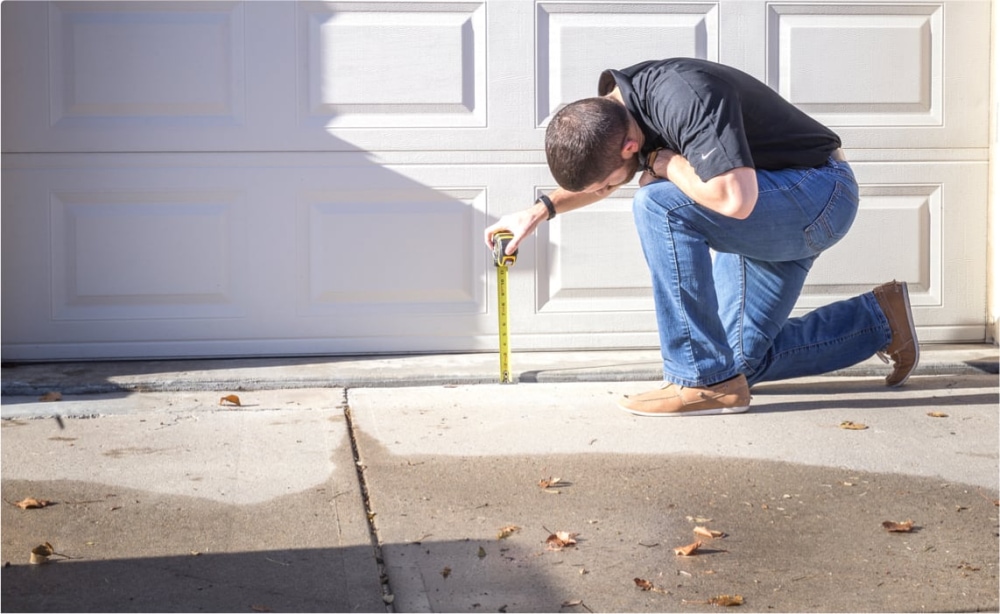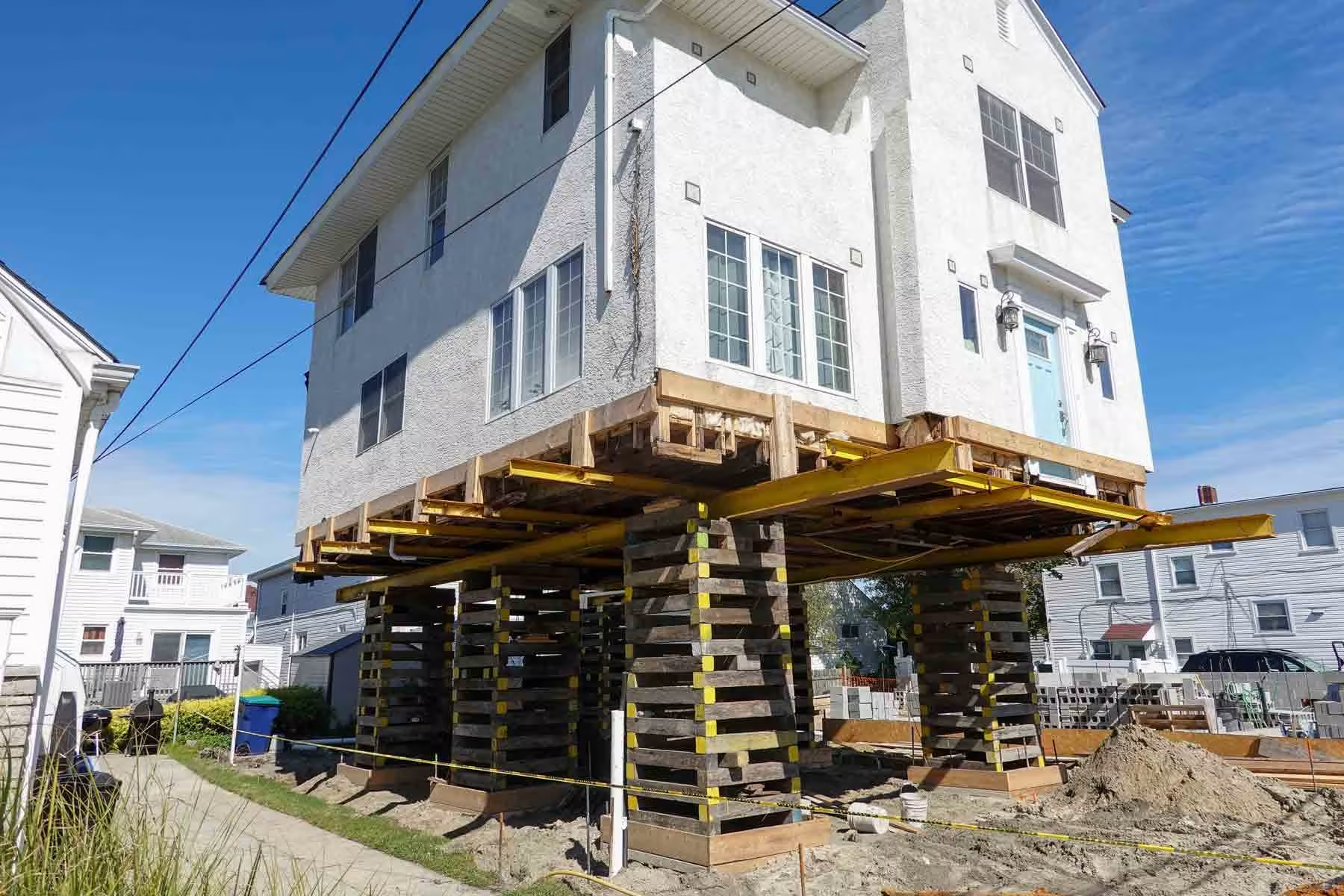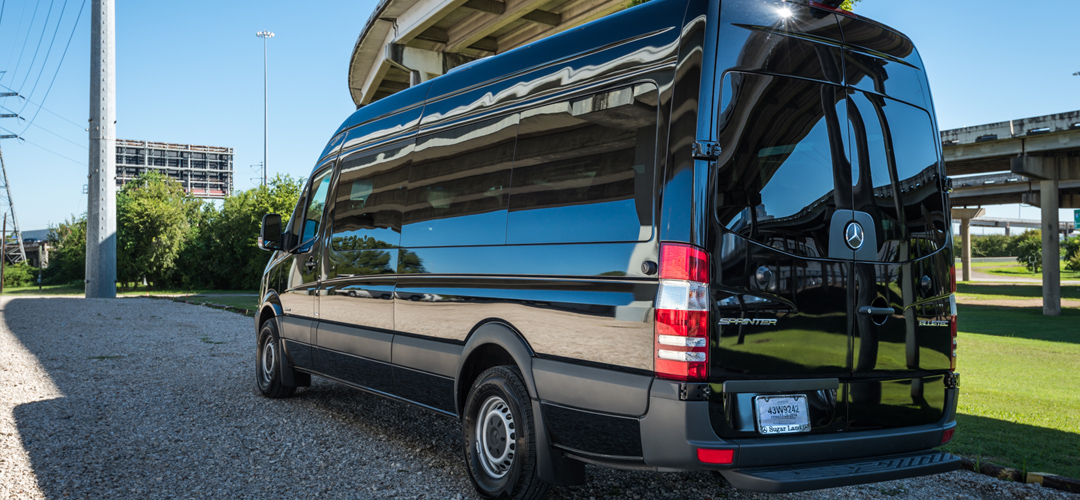Mudjacking, also known as concrete leveling, is a cost-effective solution for repairing uneven or sunken concrete surfaces. Whether it’s a driveway, sidewalk, patio, or foundation slab, mudjacking can restore the original level of the surface without the need for costly replacements. Understanding the process and costs involved can help homeowners make informed decisions about this repair method.
What Is Mudjacking, or Concrete Leveling?
Mudjacking is a method used to lift and level uneven concrete surfaces. Over time, concrete can settle due to soil erosion, compaction, or changes in the ground beneath it. This can create trip hazards, poor drainage, and an unsightly appearance.
The mudjacking process involves drilling small holes into the sunken concrete slab and injecting a slurry mixture beneath it. This mixture, typically made of cement, sand, soil, and water, fills the voids under the slab and lifts it back into place. Once the slab is level, the holes are patched, leaving the surface ready for use.
Mudjacking is a popular choice because it is less invasive, quicker, and more affordable than replacing the concrete entirely.
How Much Does Mudjacking Cost?
The cost of mudjacking varies depending on several factors, including the size of the area, the extent of the damage, and the location. On average, homeowners can expect to pay between $3 and $6 per square foot for mudjacking. Here’s a breakdown of the costs:
1. Size of the Project
- Small projects, such as leveling a single sidewalk slab, may cost around $150 to $400.
- Larger projects, like driveways or patios, can range from $500 to $2,000 or more, depending on the square footage.
2. Severity of the Issue
- Minor settling may require less material and effort, keeping costs on the lower end.
- Severe sinking or larger voids under the slab may require more slurry, increasing costs.
3. Location
- Prices can vary based on your geographical location and local labor rates. Urban areas or regions with higher living costs may have higher mudjacking prices.
4. Accessibility
- Easy-to-reach areas are less expensive to repair.
- Slabs in hard-to-reach spots or those requiring additional prep work may add to the overall cost.
Benefits of Mudjacking
- Cost-Effective: Mudjacking is significantly cheaper than replacing concrete slabs, which can cost $8 to $15 per square foot.
- Quick Process: Most mudjacking jobs can be completed in a few hours.
- Environmentally Friendly: The process uses natural materials and reduces waste by preserving existing concrete.
- Minimally Invasive: There’s no need to tear out and replace the concrete, which reduces disruption to your property.
When to Consider Mudjacking
Mudjacking is ideal for:
- Driveways
- Sidewalks
- Patios
- Garage floors
- Basement floors
However, it may not be suitable for all situations. For example, if the soil beneath the slab is unstable or if the concrete is extensively cracked, other repair methods, such as foam leveling or full replacement, may be necessary.
Conclusion
Mudjacking is a practical and affordable solution for leveling uneven concrete. With average costs ranging from $3 to $6 per square foot, it’s a budget-friendly option for most homeowners. By addressing sunken concrete promptly, you can enhance the safety, functionality, and appearance of your property without the need for costly replacements. Always consult a professional contractor to assess your specific needs and provide an accurate estimate for your mudjacking project.
FAQs: Mudjacking and Concrete Leveling
1. What is Mudjacking?
Mudjacking, also known as concrete leveling or slab jacking, is a process used to lift and level sunken or uneven concrete surfaces. It involves drilling small holes in the affected concrete slab and pumping a mixture of cement, soil, water, and other materials (often called slurry) beneath the slab. This slurry fills voids under the surface and raises the slab to its original position.
2. How much does mudjacking or concrete leveling cost?
The cost of mudjacking varies depending on factors like the size of the area being repaired, the severity of the damage, and the region. Here are some general estimates:
- Per square foot: $3 to $7
- Average total cost: $500 to $1,800 for residential projects
- Larger or complex jobs: Costs can exceed $2,000
3. What factors influence the cost of mudjacking?
The total cost of mudjacking depends on:
- Size of the area: Larger surfaces require more materials and time.
- Condition of the slab: Extensive sinking or cracks may increase costs.
- Material used in the slurry: Different mixtures can affect pricing.
- Accessibility: Hard-to-reach areas may require additional effort and equipment.
- Labor rates in your area: Prices can vary depending on local market conditions.
4. Is mudjacking cheaper than replacing concrete?
Yes, mudjacking is generally more affordable than replacing an entire concrete slab. While replacement can cost $4,000 or more, mudjacking is a cost-effective alternative, offering savings of up to 50% or more in some cases.
5. How long does the mudjacking process take?
The process typically takes 1 to 2 hours for most residential projects, but larger or more complex jobs may take longer.
6. How long does mudjacking last?
Mudjacking is a durable solution that can last 5 to 10 years or longer, depending on the soil conditions and the weight of the concrete slab.
7. Can all concrete surfaces be repaired with mudjacking?
Mudjacking is suitable for many surfaces, including:
- Driveways
- Sidewalks
- Patios
- Garage floors
- Basement floors
However, severely damaged or crumbling concrete may require replacement instead.
8. Is mudjacking environmentally friendly?
Yes, mudjacking uses natural materials like cement, sand, and soil in the slurry, making it an eco-friendly option.
9. Can I perform mudjacking as a DIY project?
While it’s possible to rent equipment and attempt mudjacking yourself, it’s a highly skilled process that requires precision. Hiring a professional ensures the job is done correctly and safely.
10. How do I find a reliable mudjacking contractor?
Look for contractors with:
- Positive online reviews and testimonials
- Proper licensing and insurance
- Clear, detailed cost estimates
- A warranty for their work
By hiring an experienced professional, you’ll ensure high-quality, long-lasting results.



